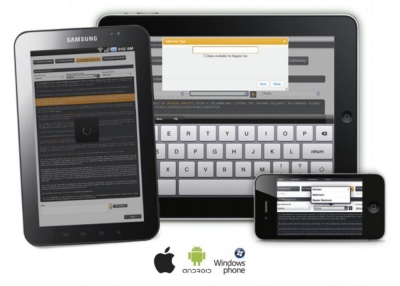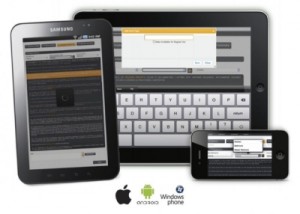Data-driven applications have a substantial share in the applications available in the worldwide software market. Designing data-driven applications remain as much of an art as it is a science, especially for customer centric applications where there are a large number of users and large data involved. Following practices will be helpful in designing data-driven applications.
1. Recognize How Data Impacts the Customer Journey:Understanding the customer journey and using it to deliver relevant data to customers is a key to success.For today’s customer it’s all about getting the data they want, when they want it, and how they want it.A good application will inform customers, build connections when that data meets customers and influence the customer behavior. Together, data and context drive participation and engagement.
2. Focus on the “Last Mile” of Big Data :The “last mile” of Big Data is where opinions are formed and actions are taken. For application designers, meeting the last mile challenge requires understanding tools that turn Big Data into “small data” that helps people perform specific tasks.Look to marketing to shape the future of “big-and small” data.Drive smarter decisions and more responsive campaigns.
3. Build to Scale (Sources, Formats and Devices):Even though we are surrounded by data-driven devices, it is a challenge to design compelling data-driven experience with access to large volumes of data, diverse sources of data. The development platform must:
- Access data. Data volume and velocity are constantly increasing and data sources are becoming more diverse, encompassing RDBMS, NoSQL/NewSQL, Hadoop, Cloud, Social Media, and document archives.
- Manage data and applications. Businesses want agile development, rapid time-to-value, controllable, predictable development, and management costs.
- Deliver large-scale applications. Applications need to be easy to use, engaging and delivered securely to Web and mobile devices. They must integrate seamlessly with existing branding and appearance.
4. Listen to the Crowd (Open is Better):Listen to the community, incorporate their feedback, and give the crowd what they want. This is how the journey begins for any successful development.Developer productivity is enhanced manifolds when it is supported by a strong community worldwide. This gives our customers access to many resources to ensure projects are delivered on time and with minimal risk.
5. Start Small, Then Think Big:Focus and agility are keys to designing data-driven applications quickly and can be achieved by following these principles:
- Make it simple and smart. Apps should be easy to use and smart enough to handle role-specific tasks.
- Be Responsive. Apps should deliver value on a variety of platforms.
- Be Social. Securely connect users and data to the larger world.
Now that you know about these valuable practices make sure you incorporate them in your next successful application.
Click here for government certification in Information Technology





8 Comments. Leave new
Very well written and informative!!
Good job Samridi 🙂
Good effort!!
Well written and nformative work.. keep it up..
Well explained. Good job
informative… 🙂
well written!!!
well written
good one
Informative. Nice work!